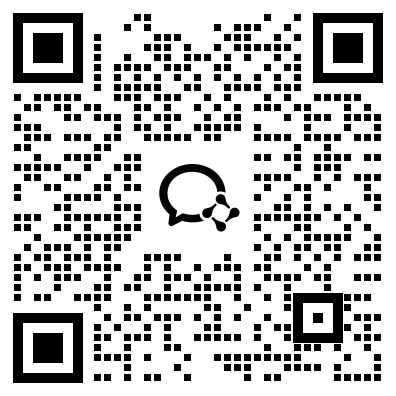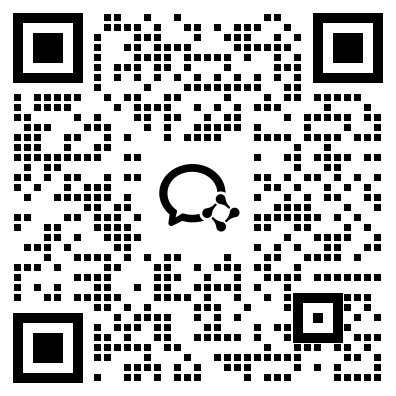FAIRsharing record for: Phylogenetics Ontology
收藏Mendeley Data2024-01-31 更新2024-06-30 收录
下载链接:
https://fairsharing.org/FAIRsharing.8xv099
下载链接
链接失效反馈资源简介:
This FAIRsharing record describes: This ontology represents the seven steps of phylogenetic analyses. Each root concept step is composed from a set of resource annotations (to represent the data-flow) and programs (to represent the control flow). Object properties serve to represent relations to annotate data (e.g. has_RetrievedInDatabase, has_ModeledBy, etc.) and reorder the sequence of programs (e.g. has_InputOutput).This ontology has been collected in a semi-automated way from well-known databases such as NCBI, GeneOntology, UniProtKB and Felsenstein?s Web site through Web crawling and mapping techniques.
创建时间:
2024-01-31



